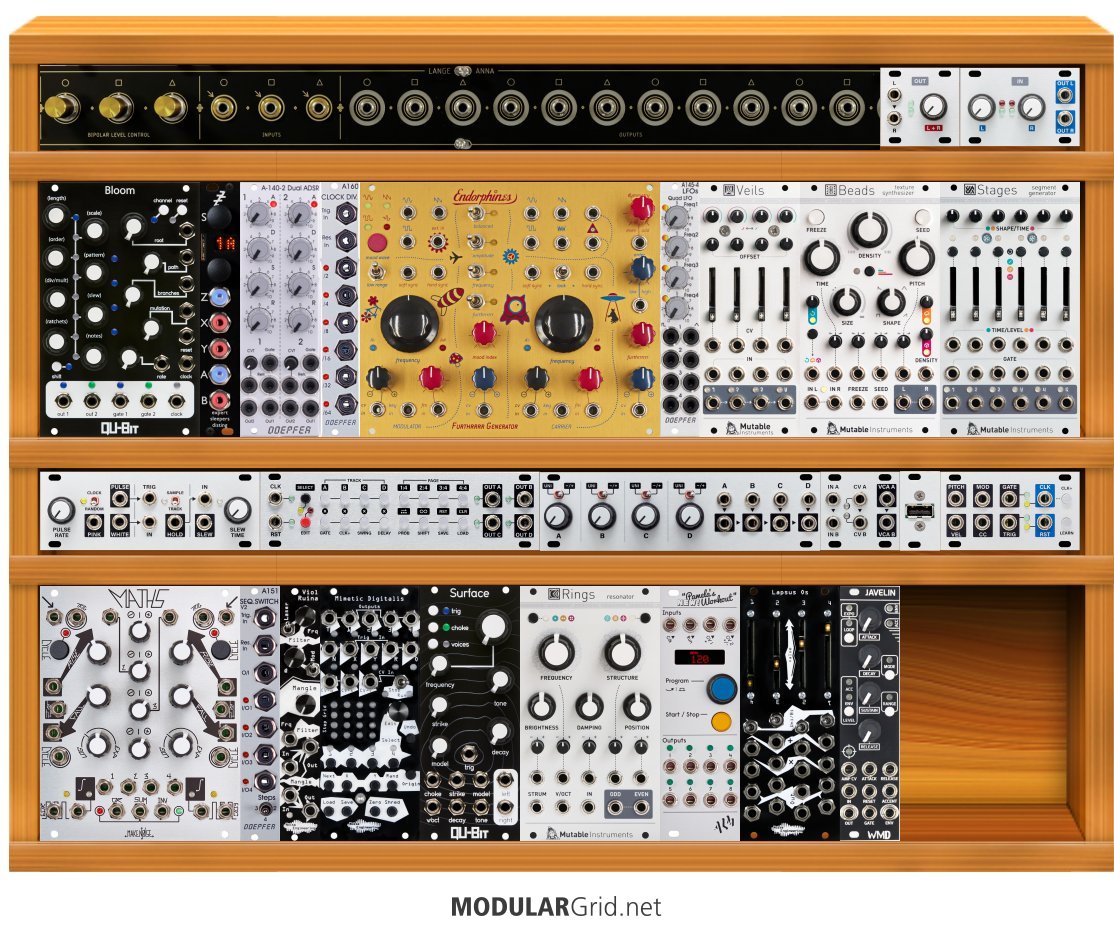Good job on your first post. The link the rack was done exactly as it should be.
First and foremost, what is the depth of your rack? If your power rails or anything else is bolted to the floor in some parts, you'll have to be aware of that too.
The Disting IV is a good choice. But the EX is like getting two IVs in one unit. It's worth it if you're going so small.
The Noise Engineering Mimetic Digitalis is a great micro-sequencer to pair with your Pam's. There will be times when you want to just jam without messing around with your external gear. It's a thought.
The buffered mult is a bit of a waste on a rack this small. It's only 2HP. But that might be the difference between getting a future module you want or settling for something less.
Getting a Dixie + isn't a bad idea at all. Oscillators also make great modulators. I believe the Dixie can also get down to LFO rates. So it'll serve double duty if you like.
If there's room, I'd add a micro Ornaments & Crime. I think a Pam's, a Disting EX, and an O&C make a great backbone for lots and lots of "Swiss Army Knife" functionality.
-- Ronin1973
Thanks so much for the reply!
Rack Depth is 70mm and (above Power Supply): 62mm. I've been double checking the few modules I've ordered to be sure everything clears. I was looking at the EX seems super powerful. One issue I have is the case I got is a little low on power 850mA. I got such a good deal on the case and 2 modules I can't complain. The EX needs lots of power. So hard to get around that one.
I was really hoping to avoid screens, but the o_C seems far too useful. Also has a sequencer! Quad Quantizer and all kinds of goodies. Seems like a great fit for a small case.
Dixie + seems like it would be a good contrast to Plaits. One digital and one analog VCO.
Thanks again!

 .
.